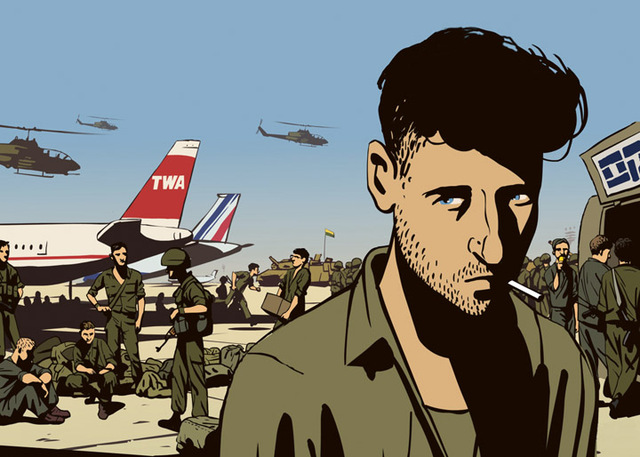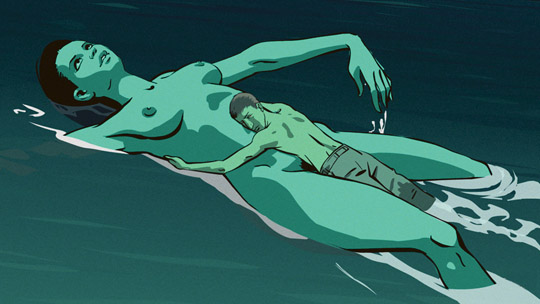Film Review: Waltz With Bashir
Animated Documentary Paints Awful Memories With Artistic Brush


This is the point at which war meets weird
Latest Article|September 3, 2020|Free
::Making Grown Men Cry Since 1992


This is the point at which war meets weird